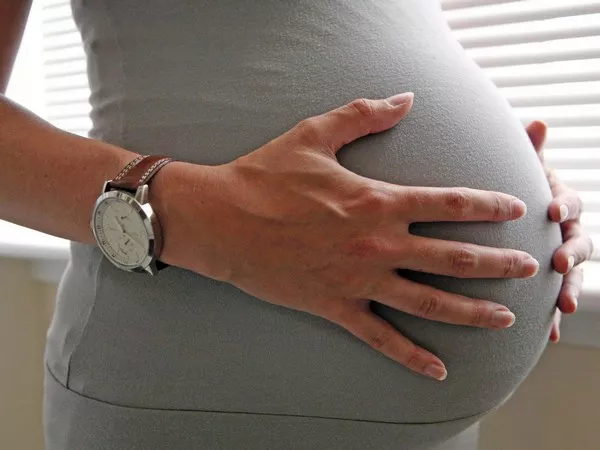Babies exposed to significant amounts of fentanyl in utero are showing a constellation of unusual symptoms, leading physicians at Nemours Children’s Health to identify a potential new syndrome linked to prenatal fentanyl exposure. This groundbreaking discovery comes as a result of a Danish cohort study which identified 10 such babies, all of whom exhibited distinct birth defects that were previously associated with genetic conditions. The infants displayed features such as small heads, underdeveloped jawbones, conjoined toes, and rounded “rocker-bottom” feet.
While illicit fentanyl use has been on the rise, the link between this synthetic opioid and these birth defects was not previously established. The lack of awareness of this connection is attributed to several factors, including children born to parents who use the drug not receiving regular medical care, or their pediatricians being unaware of the parents’ medical history. This led to several children initially being misdiagnosed with a genetic condition known as Smith Lemli Opitz syndrome.
Although further research is required to definitively establish the causative link, the evidence from these 10 babies is compelling. The unique symptoms found in these infants, which also included genital anomalies and cleft palate, have raised awareness about the potential impact of fentanyl exposure during pregnancy on neonates.
It’s important to note that pregnant individuals using opioids are generally advised not to quit suddenly during pregnancy, as it can lead to early labor or even miscarriage. Instead, they should initiate treatment with opioid-based addiction medication, like methadone, to ensure the fetus doesn’t experience distress during pregnancy.
This chance discovery by the Nemours research team is an essential step in understanding the potential risks associated with fentanyl exposure during pregnancy. It highlights the need for increased awareness and proper treatment for pregnant individuals using fentanyl or other opioids, ultimately aimed at safeguarding the health of both the parent and the unborn child. Further research is necessary to determine the precise mechanisms behind this syndrome and its relation to fentanyl.


